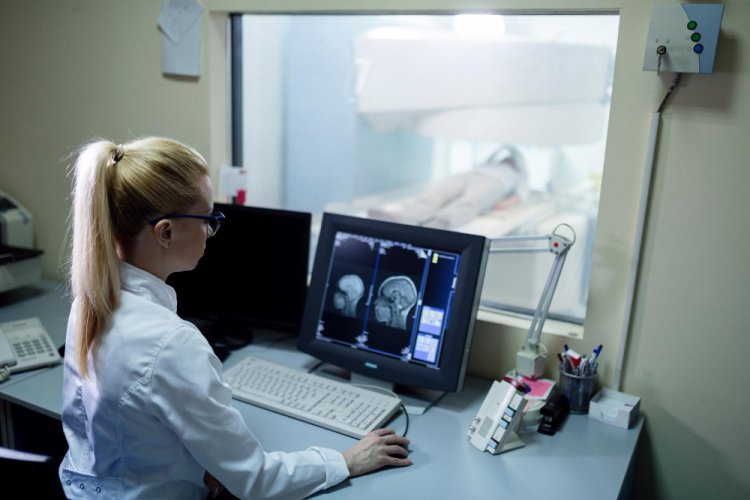Interventional Radiology: Advancements, Techniques, and Treatment Modalities
Interventional radiology (IR) has emerged as a dynamic and rapidly evolving field within medicine, revolutionizing the diagnosis and treatment of various medical conditions. By leveraging imaging modalities and minimally invasive techniques, interventional radiologists can navigate the body's intricate anatomy with precision, delivering targeted therapies while minimizing patient discomfort and recovery time. This article provides a comprehensive overview of interventional radiology, exploring its principles, techniques, and innovative treatment modalities that are reshaping modern healthcare practices.

Principles of Interventional Radiology
Interventional radiology is founded on the principle of using imaging guidance to perform minimally invasive procedures, thereby avoiding the need for traditional open surgery. The primary imaging modalities utilized in IR include fluoroscopy, ultrasound, computed tomography (CT), and magnetic resonance imaging (MRI). These imaging tools enable interventional radiologists to visualize internal structures in real-time, facilitating accurate localization of pathology and precise delivery of therapeutic interventions. The hallmark of interventional radiology lies in its ability to achieve therapeutic outcomes through percutaneous access, often with just a small incision or needle puncture, leading to reduced trauma, shorter hospital stays, and faster recovery for patients.
Techniques and Procedures
Interventional radiology encompasses a broad spectrum of techniques and procedures, tailored to address diverse medical conditions across multiple organ systems. Some of the key procedures performed by interventional radiologists include:
- Angiography and Angioplasty: Visualization and treatment of vascular abnormalities.
- Embolization: Selective occlusion of blood vessels for various purposes.
- Radiofrequency Ablation (RFA): Destruction of tumors using electrical currents.
- Percutaneous Biopsy and Drainage: Sampling tissues and evacuating fluid collections.
- Vertebroplasty and Kyphoplasty: Management of vertebral compression fractures.
- Transarterial Chemoembolization (TACE): Locoregional treatment for liver tumors.
Emerging Treatment Modalities
In addition to established techniques, interventional radiology is continually evolving with the introduction of novel treatment modalities and technological innovations. Some emerging trends and advancements in the field include:
- Yttrium-90 Radioembolization: Targeted internal radiation therapy for liver tumors.
- Focused Ultrasound Surgery (FUS): Non-invasive thermal ablation of tumors.
- Nanoparticle Drug Delivery: Enhanced drug delivery systems for cancer therapies.
- Image-Guided Robotics: Robotic-assisted precision in interventional procedures.
In conclusion, Interventional radiology stands at the forefront of medical innovation, offering minimally invasive solutions to complex medical problems across various specialties. Through a combination of advanced imaging techniques, innovative procedural approaches, and interdisciplinary collaboration, interventional radiologists continue to push the boundaries of what is achievable in modern medicine. As the field continues to evolve, driven by technological advancements and clinical research, the future of interventional radiology holds promise for further improvements in patient outcomes, quality of life, and the delivery of personalized, precision medicine.
#InterventionalRadiology #MinimallyInvasiveProcedures #MedicalInnovations #ImagingGuidance #PrecisionMedicine #RadiologyAdvancements #HealthcareTechnology #InnovativeTherapies #IRTechniques #MedicalBreakthroughs
Disclaimer:
The information provided in this article is for educational purposes only and should not be considered medical advice. If you have any health concerns or are experiencing symptoms, it is important to consult with a healthcare professional, such as a doctor or clinic, for proper diagnosis and treatment. Always seek the advice of your doctor or other qualified health provider with any questions you may have regarding a medical condition. Do not disregard professional medical advice or delay in seeking it because of something you have read in this article.
What's Your Reaction?





















